No holy drops on Tsar Nicholas II bust, Church says
- Published
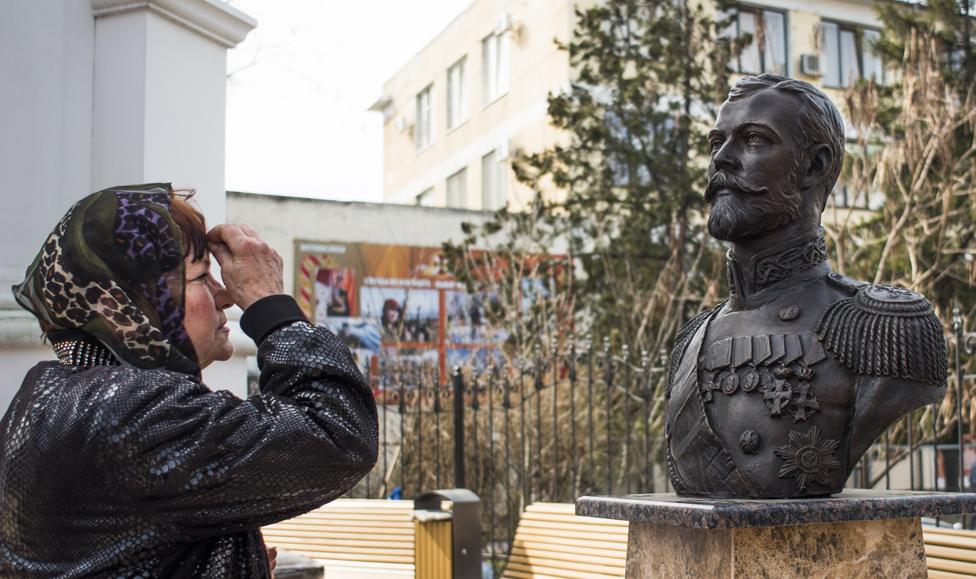
The Tsar Nicholas II bust - Orthodox worshippers regard the dead imperial family as holy
The Russian Orthodox Church says it has not found any fragrant myrrh seeping from a bronze bust of Tsar Nicholas II, after a Russian MP made such a claim.
A Church commission inspected the bust in Crimea after Natalya Poklonskaya made the claim on a Russian TV channel.
Revolutionaries murdered Nicholas II - the last tsar - with his wife and children in 1918. The Church made most of the murdered family saints in 2000.
President Vladimir Putin has done much to restore the Church's prestige.
In the past some Russian Orthodox worshippers have claimed to see myrrh seeping from holy icons - but not from any busts of the old ruling family, the Romanovs.
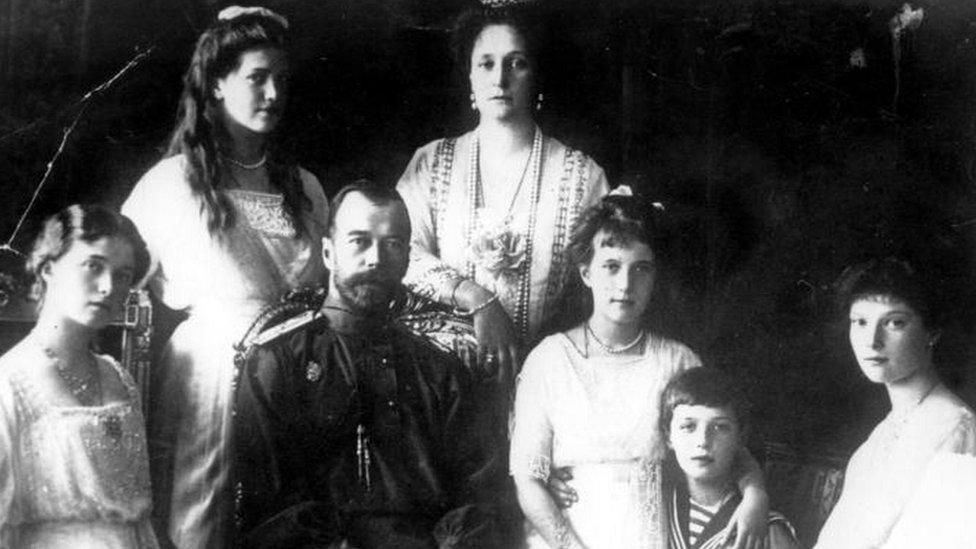
The Romanovs in 1914: From left: Olga, Maria, Tsar Nicholas II, Tsarina Alexandra, Anastasia, Tsarevich Alexei and Tatiana
Ms Poklonskaya's claim about the bust in Crimea's capital Simferopol was derided by some on Russian social media.
She claimed it was a sign that the dead tsar wanted Russia to "prosper and be great again", 100 years after his abdication.
'Continue observations'
The Crimean branch of the Russian Orthodox Church said its commission "did not detect traces of holy secretion on the bronze bust... nor on icons in the [nearby] chapel".
The Church said the chapel's priest "should continue observations, and if there are any traces of holy secretion he should immediately inform the bishop and the commission".
In the past some Roman Catholic worshippers have also made claims about weeping statues of the Virgin Mary.
Ms Poklonskaya was born in Ukraine and has lived in Crimea since 1990. She was appointed Crimean chief prosecutor in May 2014, after Russian forces had annexed the peninsula from Ukraine.
She has been a deputy in the Duma - Russia's lower house of parliament - since September 2016.
- Published22 February 2017
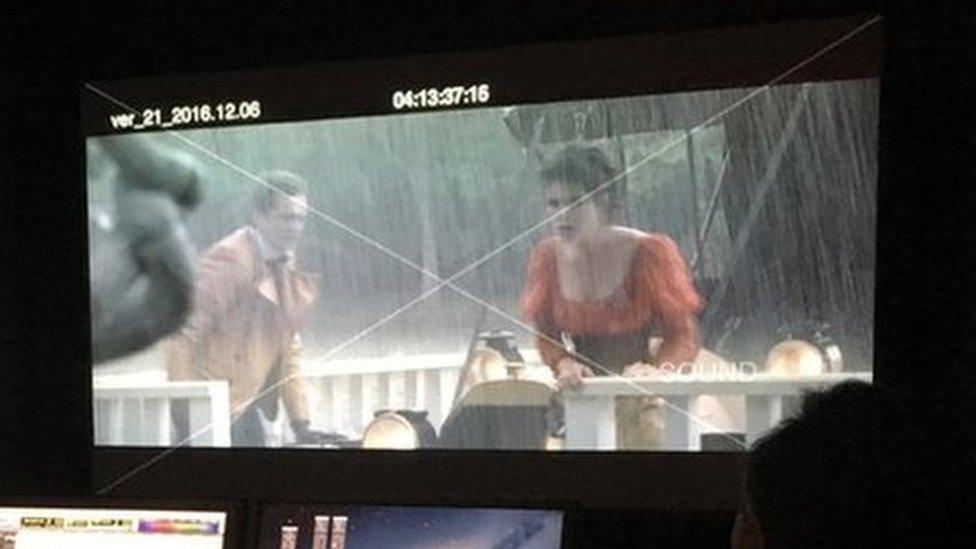
- Published25 March 2024
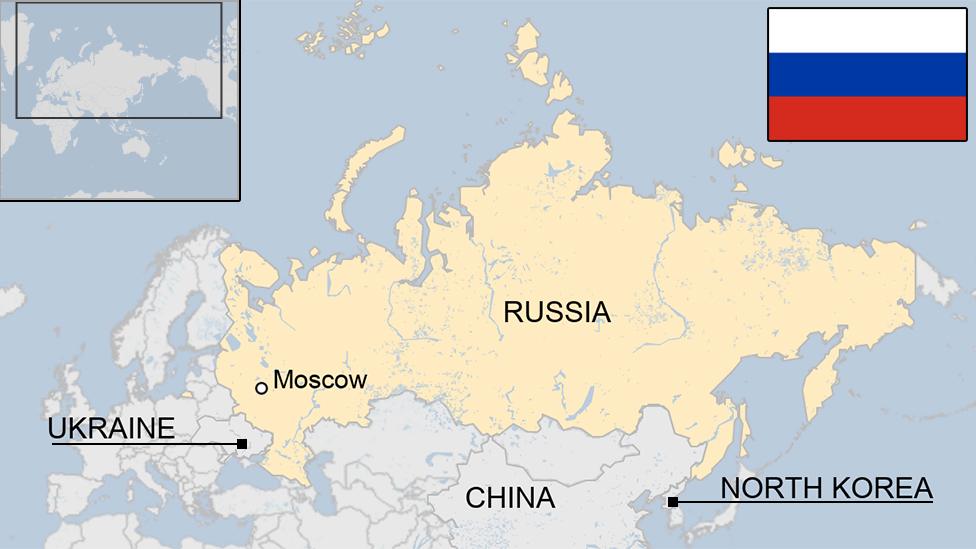
- Published24 September 2015
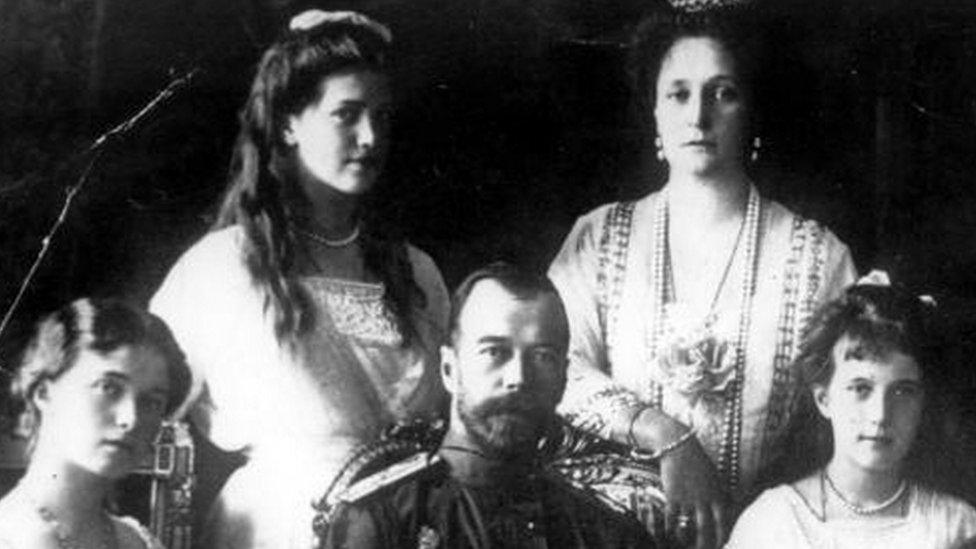
- Published21 August 2015
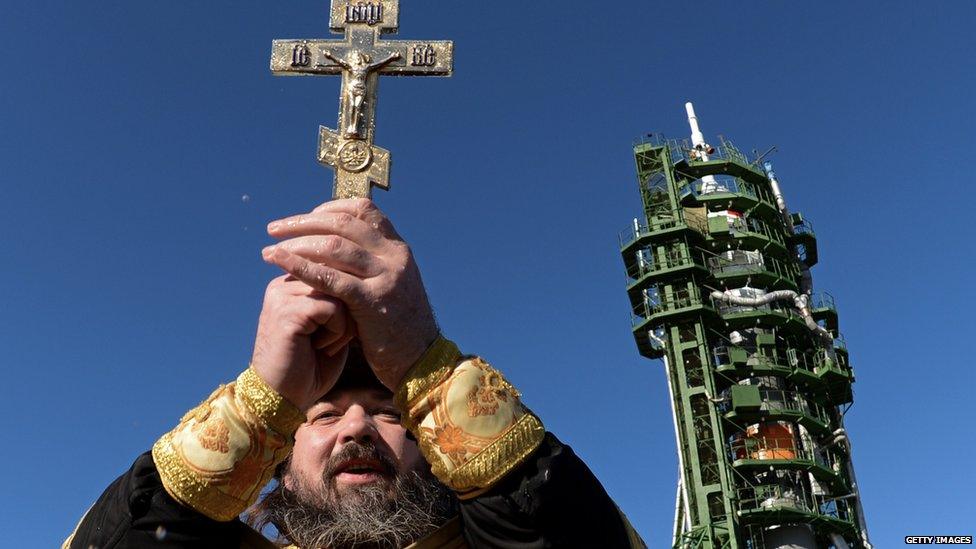
- Published10 April 2013
